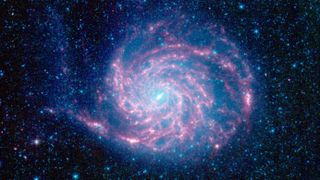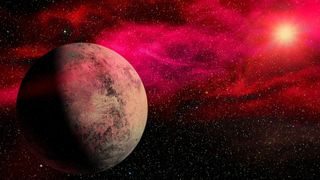exoplanets
Latest about exoplanets
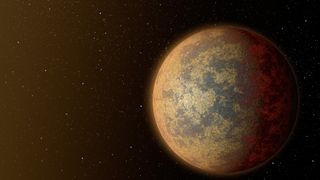
The oldest continents in the Milky Way may be 5 billion years older than Earth's
By Briley Lewis published
Several exoplanets at the edge of our galaxy could have formed continents — and advanced life — 5 billion years earlier than Earth, new research suggests.
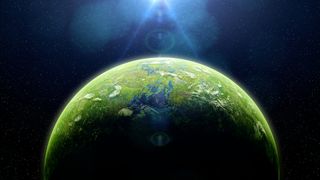
What's the best evidence we've found for alien life?
By Patrick Pester published
Don't expect an alien invasion anytime soon.

What would colors look like on other planets?
By Joanna Thompson published
Here's how your brain might adjust to see color on another world.
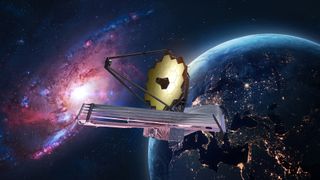
James Webb telescope could detect life on Earth from across the galaxy, new study suggests
By Harry Baker published
Researchers have shown that if the James Webb Space Telescope was pointed at Earth from a distant star, it could detect the signatures of intelligent life in our planet's atmosphere.
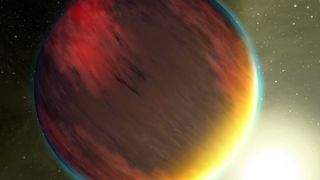
How many planets are in the universe?
By Briley Lewis published
We currently know of 5,502 planets beyond the solar system, but we've only found the tiniest fraction of the planets astronomers think lie elsewhere in the universe.

Why do some stars fail to ignite?
By Robert Lea published
Also known as "failed stars," brown dwarfs are celestial bodies that sit on the boundary between gas giant planets and tiny stars.
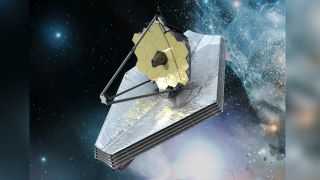
James Webb Space Telescope: Origins, design and mission objectives
By Andrew May last updated
Reference NASA's James Webb Space Telescope has launched and it's the most powerful in history, giving us the deepest ever view into our universe.

Mysterious 'zombie planet' Halla seems to have survived the explosive death of its star. How?
By Ben Turner published
The Jupiter-sized exoplanet Halla has somehow survived the death of its star, and astronomers aren't sure how.
Sign up for the Live Science daily newsletter now
Get the world’s most fascinating discoveries delivered straight to your inbox.
